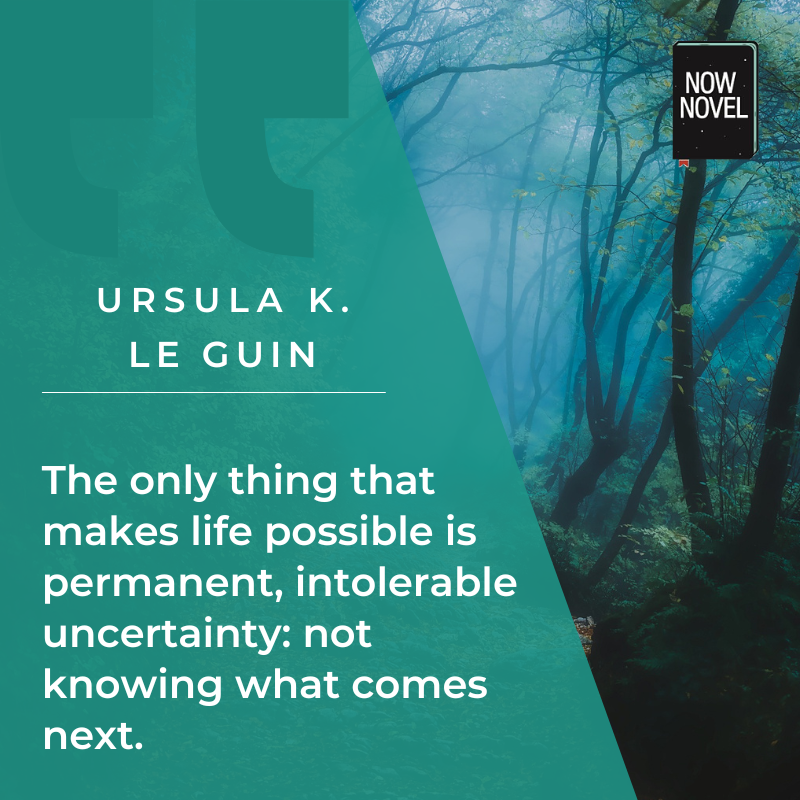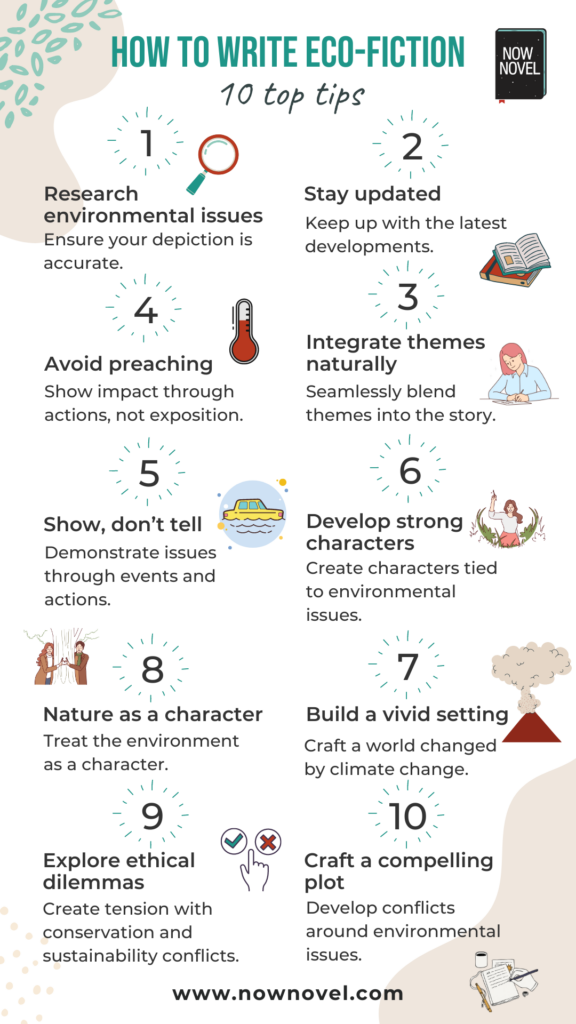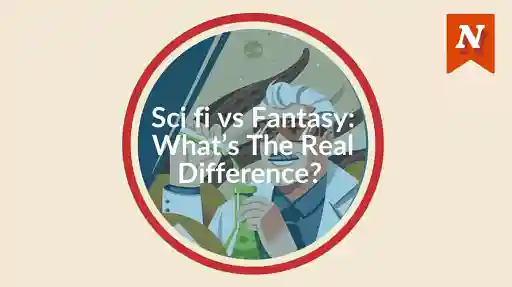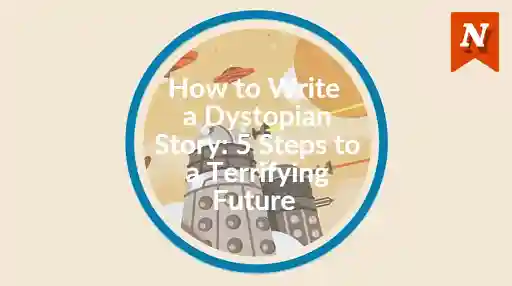The world is getting hotter and fiction writers’ responses to environmental and climate change are heating up too. While not a new genre, its rise can be dated to the 1960s and 1970s, more and more novels and non-fiction works now deal with the impact of this climate crisis. Eco-fiction is on the rise, let’s explore this literary response to the environmental crisis we are currently facing.
Defining eco-fiction
Firstly, just what is it? Although you are not likely to find a space in a bookstore labelled ‘eco-fiction,’ there is a definite trend for writers to react to what we are witnessing by exploring it in fiction. Eco-fiction focuses on nature and environmental themes, as the name suggests. Nature itself often becomes a central character in eco-fiction, with authors personifying landscapes, plants and animals.

A dystopian or sci-fi novel might explore climate change impacts, such as a world running out of water. Or it can take the form of a more realistic novel, like Barbara Kingsolver’s Flight Behavior which tackles climate change. It’s also called environmental fiction or “cli-fi” (for climate fiction).
Eco-fiction focuses on environmental themes and sometimes incorporates elements of science fiction, speculative fiction, and fantasy. The genre addresses a wide range of ecological concerns, including climate change, pollution, deforestation, loss of biodiversity, and sustainable living.
In his guide to eco-fiction, Where the Wild Books Are: A Field Guide to Ecofiction, Jim Dwyer quotes Mike Vasey, who says:
Stories set in fictional landscapes that capture the essence of natural ecosystems…[They] can build around human relationships to these ecosystems or leave out humans altogether. The story itself, however, takes the reader into the natural world and brings it alive…Ideally, the landscapes and ecosystems–whether fantasy or real–should be as ‘realistic’ as possible and plot constraints should accord with ecological principals.
Dywer, in turn writes in Where the Wild Books Are: A Field Guide to Ecofiction that:
The terms ‘environmental fiction, ‘green fiction,’ and ‘nature-oriented fiction,’ might better be considered as categories of ecofiction....[Ecofiction] deals with environmental issues or the relation between humanity and the physical environment, that contrasts traditional and industrial cosmologies, or in which nature or the land has a prominent role…[It is] made up of many styles, primarily modernism, postmodernism, realism, and magical realism, and can be found in many genres, primarily mainstream, westerns, mystery, romance, and speculative fiction. Speculative fiction includes science fiction and fantasy, sometimes mixed with realism, as in the work of Ursula K. Le Guin.
The roots of eco-fiction
While recent years have seen a surge, the eco-fiction genre began in the nineteenth century.
While these Carson and Thoreau books are both non-fiction, they did pave the way for other writing about nature.
These included works published in the 1960s and 1970s, one of which was the seminal Eco-Fiction, edited by John Stadler, and was a collection of environmental sci-fi which included such authors as Ray Bradbury, John Steinbeck, Edgar Allen Poe, Daphne du Maurier, Robley Wilson Jr., E.B. White, J.F. Powers, Kurt Vonnegut Jr., Sarah Orne Jewett, J.G. Ballard, Steven Scharder, Isaac Asmiov, and William Saroyan, among others.
Works like J.G. Ballard’s The Drowned World (1962) and Edward Abbey’s The Monkey Wrench Gang (1975) were among the first to combine literary quality with environmental themes.
Briefly, The Drowned World depicts a post-apocalyptic future in which global warming, caused by increased solar radiation, has rendered uninhabitable much of the surface of planet Earth. The Monkey Wrench Gang focuses on the use of sabotage to protest environmentally damaging activities in the Southwestern United States.
Contemporary eco-fiction
Writing in 2022 in The Telegraph, Patrick Sawer reports on the increase in eco-fiction books being published, writing that:
Publishers have noticed that an increasing number of the manuscripts that land on their desks explore environmental concerns, whether in the contemporary world or at a point in the near distant future.
He quotes Emad Akhtar, publishing director at Orion Fiction, saying that he had detected a growing number of novels preoccupied with the changing environment and its implication for humankind. Akhtar said,
We’re seeing a new wave of writers of all ages expressing concerns which have come to be known as ‘cli-fi’ with themes of social collapse and social inequality driven by environmental problems.
Driven, it appears, by a world being changed and distorted by climate change.

Meet top editors, designers, and marketers
The best professionals are already on Reedsy. Sign up now to request free quotes.
Examples of contemporary eco-fiction novels
Let’s turn our attention to a few recent examples of the genre now.
Margaret Atwood has been a significant and influential figure in eco-fiction with her MaddAddam trilogy of three novels, which began with Oryx and Crake (2003) and continued with The Year of the Flood (2009). The eponymously named last of the series again combines dystopian and speculative elements to explore the consequences of genetic engineering and environmental neglect.
The text centers on a fictional United States devastated by a human-made plague. Oryx and Crake focuses on Jimmy, a survivor of the plague, and through his memories we are offered a glimpse of the world that was. The Year of the Flood also takes place in this time, but is focused on Toby and Ren, two “God’s gardeners”. In MaddAddam, Ren, Toby, and Jimmy meet with other survivors. The story ends on a redemptive note. While Atwood’s story is described as speculative, Barbara Kingsolver, as mentioned above, takes a more realistic approach to eco-fiction. She has written non-fiction on the environment, but two of her novels take another approach, Flight Behavior and Prodigal Summer.
Flight Behavior concerns itself with climate change in this story of Dellarobia Turnbow, a restless farm wife who gave up her own plans when she accidentally became pregnant at seventeen. She is having an affair with another man, and when she hikes up to meet him, she encounters millions of monarch butterflies. This sparks off the action of the novel, as the butterflies are a disturbing portent of climate change. In Prodigal Summer Kingsolver also highlights ecological themes, intertwining the lives of three main characters with her knowledge of ecological concepts and biological facts.
In How Beautiful We Were, novelist Imbolo Mbue sets the story in the fictional African village of Kosawa. It follows a set of villagers who challenge the government and an American oil company. An oil spill by the American oil firm Pexton causes fatal diseases. The novel details a decades-long fight for environmental justice as the villagers rise up against their government and the oil company.
Kim Stanley Robinson’s novels such as the Mars trilogy and New York 2140 delve into the potential futures shaped by climate change and human ingenuity. New York 2140 takes place in a fictional future New York that is permanently inundated by major rises in sea levels. In the Mars trilogy, humans settle on that planet following overpopulation and ecological disaster.
Richard Powers' acclaimed The Overstory follows nine Americans, whose unique experiences with trees unite them to combat forest destruction. The Library Journal called the book “a deep meditation on the irreparable psychic damage that manifests in our unmitigated separation from nature.”
How to write eco-fiction
Many of the same rules apply to writing eco-fiction as to any other fiction such as crafting a compelling plot or writing believable characters, there are 10 pointers.

- Research environmental issues: ensure your depiction of environmental issues is accurate. Research topics like climate change, deforestation, pollution and conservation thoroughly.
- Stay updated on the latest environmental science, policy changes and activist movements to keep your story relevant.
- Don’t hammer the point home. There’s nothing worse than a writer bludgeoning you over the head with a story about climate change. Integrate you ecological themes seamlessly into the plot and character development.
- Avoid preaching or info-dumping. Integrate ecological themes seamlessly into the plot and character development.
- Show, don't tell: this is an old one, but well worth repeating. Demonstrate the impact of environmental issues through events and actions rather than exposition.
- Develop characters with strong motivations related to the environment. They can be scientists, activists or ordinary people affected by ecological changes. Show how characters’ interactions with nature influence their growth and decisions.
- Develop a strong setting: here’s where your world-building skills will come to the fore as you create and craft a world changed by climate change. Whether you’re writing science fiction or realistic fiction, hone your descriptive passages to bring that world to life.
- Treat the natural environment as a dynamic character in your story, imbuing it with its own presence, mood, and influence on the plot. Consider writing from the perspective of a thousand-year-old tree that witnesses years of change and human habitation.
- Ethical dilemmas: explore ethical dilemmas related to conservation, exploitation and sustainability. This can make for a taut plot that keeps readers on the edge of their seats.
- Craft a compelling plot: develop a plot with strong conflicts related to environmental issues, such as resource scarcity, corporate greed, or natural disasters. Keep readers engaged with a well-paced, emotionally resonant story that intertwines personal and ecological stakes. Establish high stakes that make the environmental themes central to the plot and character motivations.
Subscribe to our newsletter
One million authors use our writing resources to get their books published. Come join them.










